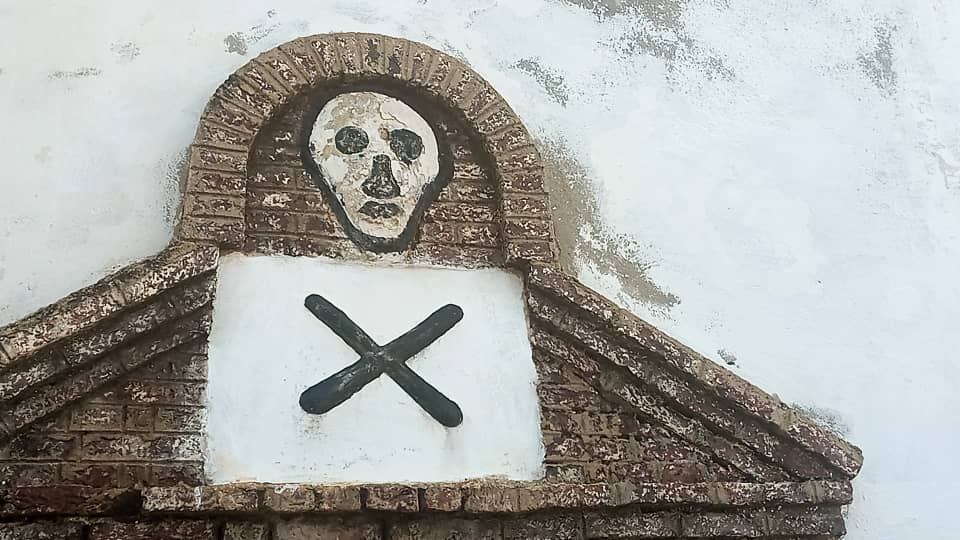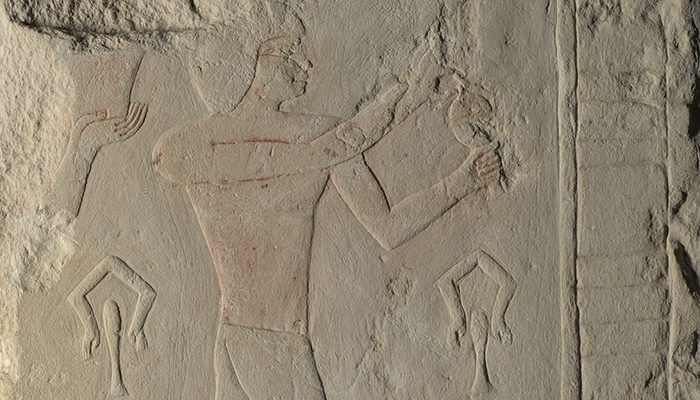We caught up with artist Thomas Sayre this summer ahead of the October reopening of the People’s Collection to talk about Gyre, his iconic installation in the Museum Park. Read an excerpt from that conversation below, discussing his artistic process, memories of its 1999 installation, and Gyre’s inspiration behind the creation of a new NCMA logo.
Tell us about the poem that inspired Gyre.
The name Gyre was inspired by the Irish poet W. B. Yeats. Yeats saw the development of human history as a complicated double spiral going in reverse directions, which he called gyres. This is an English word for a spiral-like movement, not one he invented. Arguably, the most famous poem where the word gyre is used by Yeats is “Second Coming,” which I was reading in 1999 while I was working on the NCMA project.
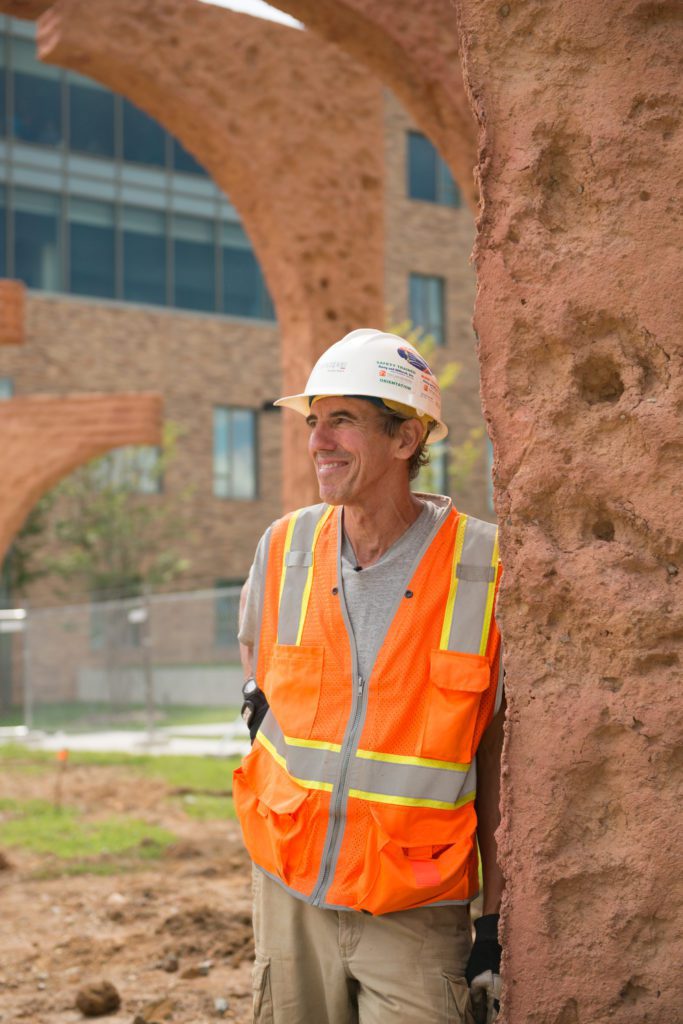
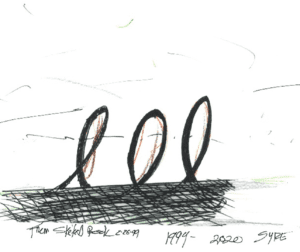 Your original sketches of Gyre were a starting point for this new logo. What is your artistic process for beginning a new work of art?
Your original sketches of Gyre were a starting point for this new logo. What is your artistic process for beginning a new work of art?
The process of the conceiving of the piece for the NCMA was similar to the process for all my large, public works. Everything comes from the site. At the NCMA I was interested in drawing attention to the undulations of the terrain versus the true level line made by the apex of the three parabolic arches, to act as a beckoning device to the additional land from the old prison site (which was under negotiation at the time we built Gyre), and the balance of being handmade and nature-made, which is inherent in the techniques of earth casting.
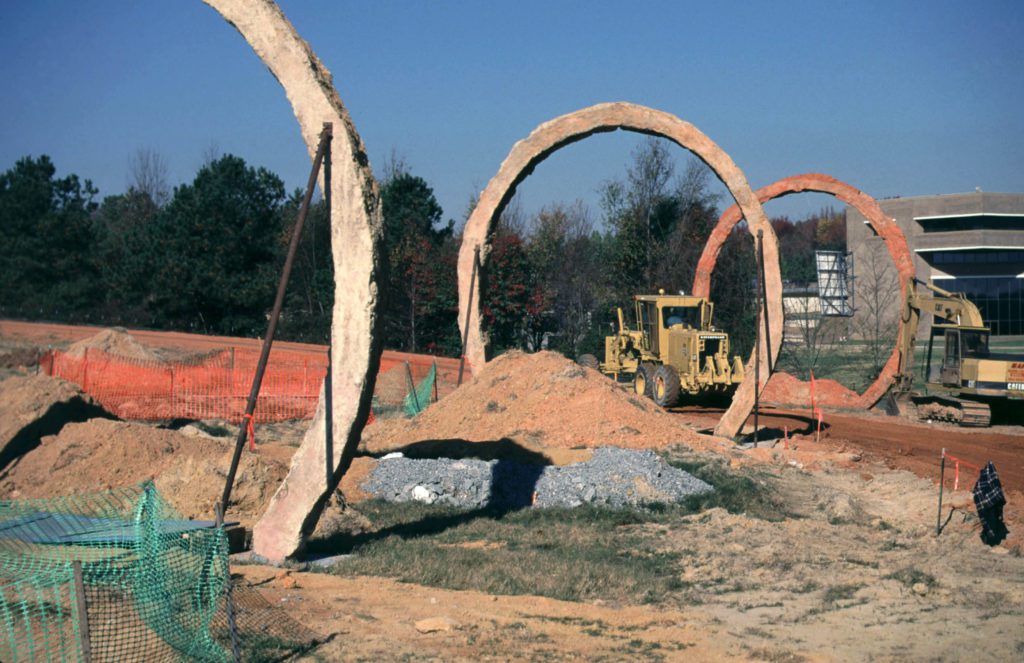
Gyre was an important early addition to the Museum Park. What is a favorite memory from its installation?
Just after the project was completed, I remember the delight of watching the legendary NC band Arrogance play in one of the early concerts at the Amphitheater and seeing Gyre lit up, perched on its ridgeline as the sun went down.
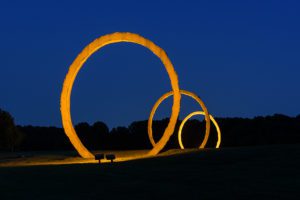
Gyre is a visitor favorite. What are your favorite works of art in the People’s Collection?
The painting of Anselm Kiefer; Michael Richards, Tar Baby vs. St. Sebastian; El Anatsui,
Lines That Link Humanity; the African installation in general.
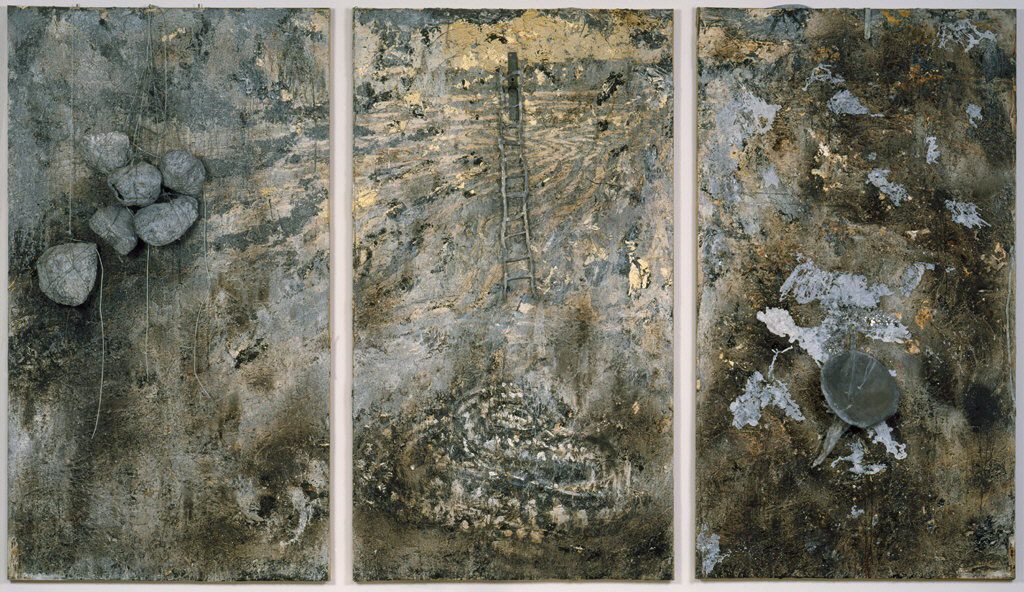
What are you most excited about for the new logo and brand?
I am excited and grateful that a work I created 23 years ago continues to have life and increasing connections to visitors at the NCMA, my community, my state, and the world beyond.
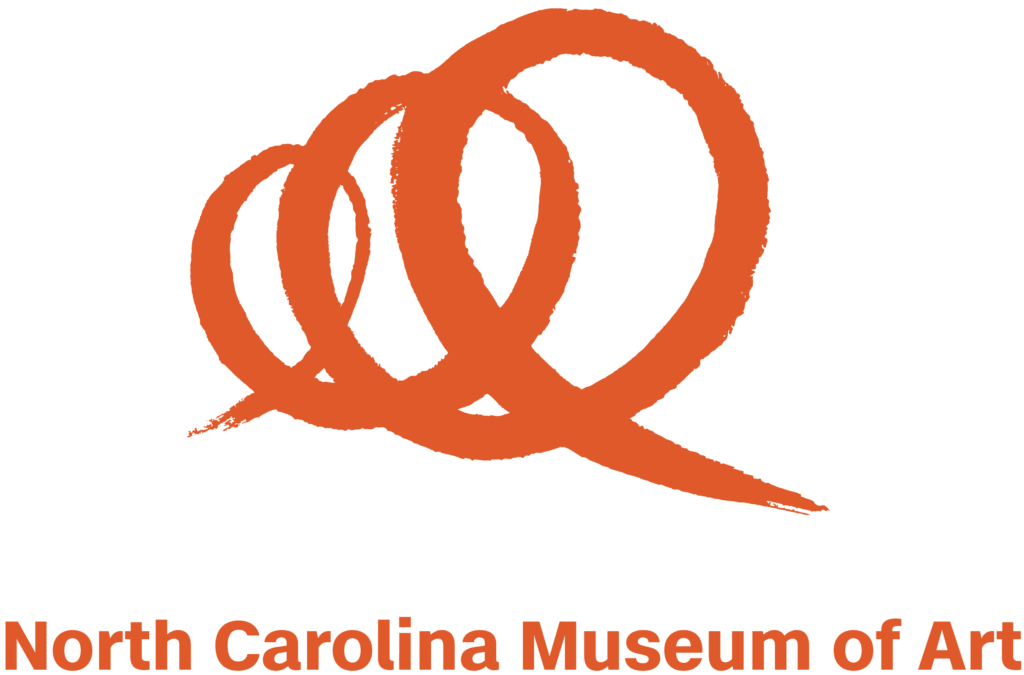
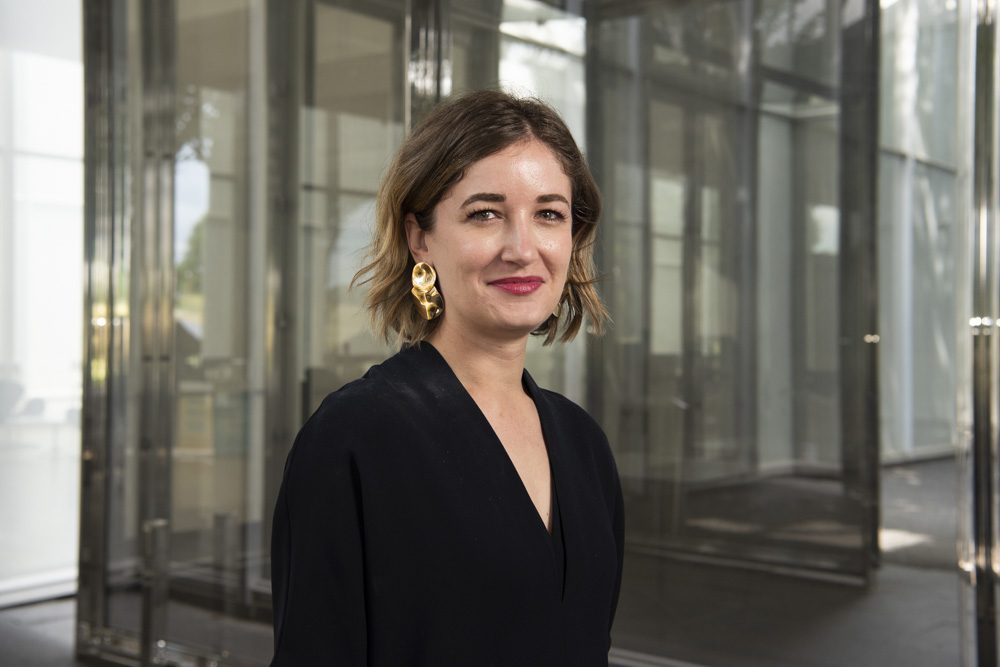
Naming the Nameless
Ghanaian artist Paa Joe memorializes the lives of Africans who passed through “The Gates of No Return” during the transatlantic slave trade. Two NCMA staffers respond to this moving work of art.
The Africa We Ought to Know
In the past the fusing of diverse beliefs and practices was widespread and remains a constant feature of African culture today.
The NCMA’s New Visual Identity
The North Carolina Museum of Art’s new logo takes as its inspiration an iconic sculpture in the Museum Park and a visitor favorite.

